
5 reasons to take action for animals
Blog
Negative impacts of animal exploitation are not limited to the profound suffering of animals. The mistreatment of wild and farmed animals has critical impacts on human health and the planet.
1. Climate crisis
- The food system is responsible for a third of all human-caused greenhouse gas emission (GHGs). Emissions are from land use change, manufacturing, transport and processing.
- In just four global factory farming hot spots – USA, Netherlands, Brazil, and China – chicken consumption alone creates the same climate impacts as 29 million cars*.
- Without drastic changes in global land use, agriculture and human diets, efforts to reduce carbon emissions will fail.
- Federal strategies in Canada and the USA to reduce GHG emissions don't specifically address meat and dairy consumption.
* Carbon dioxide equivalent emissions per kilogram of carcass weight of chicken per research findings multiplied by kilograms of chicken consumed across populations. Kilograms of carbon dioxide equivalent emissions against emissions from driving passenger vehicles for one year using US EPA greenhouse gas equivalence calculator.
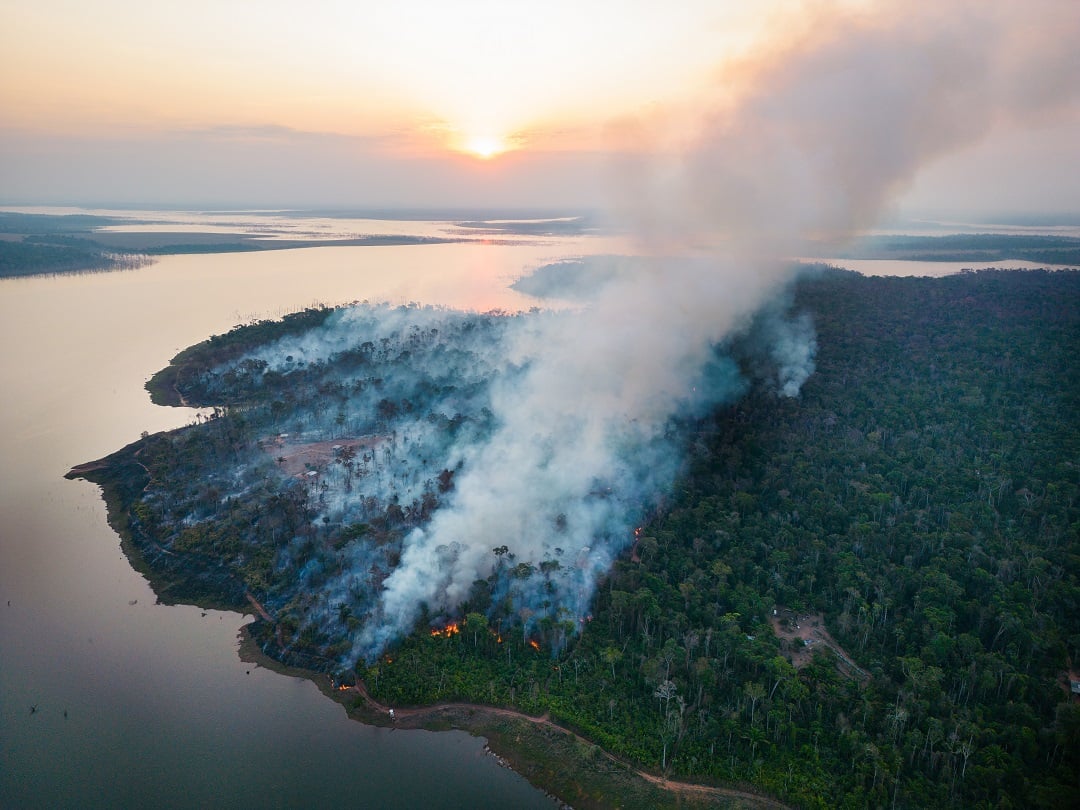 Rainforests are being deliberately burned to clear land for factory farming. This destruction releases CO2 into the atmosphere which contributes to global warming. (Photo: Noelly Castro / World Animal Protection)
Rainforests are being deliberately burned to clear land for factory farming. This destruction releases CO2 into the atmosphere which contributes to global warming. (Photo: Noelly Castro / World Animal Protection)
2. Antimicrobial resistance
- Antibiotic overuse in farming is a significant contributor to antimicrobial resistance (AMR), which occurs when bacteria and viruses become resistant to life-saving drugs.
- More than 70% of antibiotics used globally are given to farmed animals.
- Government regulations in both Canada and the USA allow mass dosing of antibiotics on farms.
- The World Health Organization (WHO) considers AMR to be one of the top ten public health threats. It is linked to at least 4.95 million deaths worldwide.
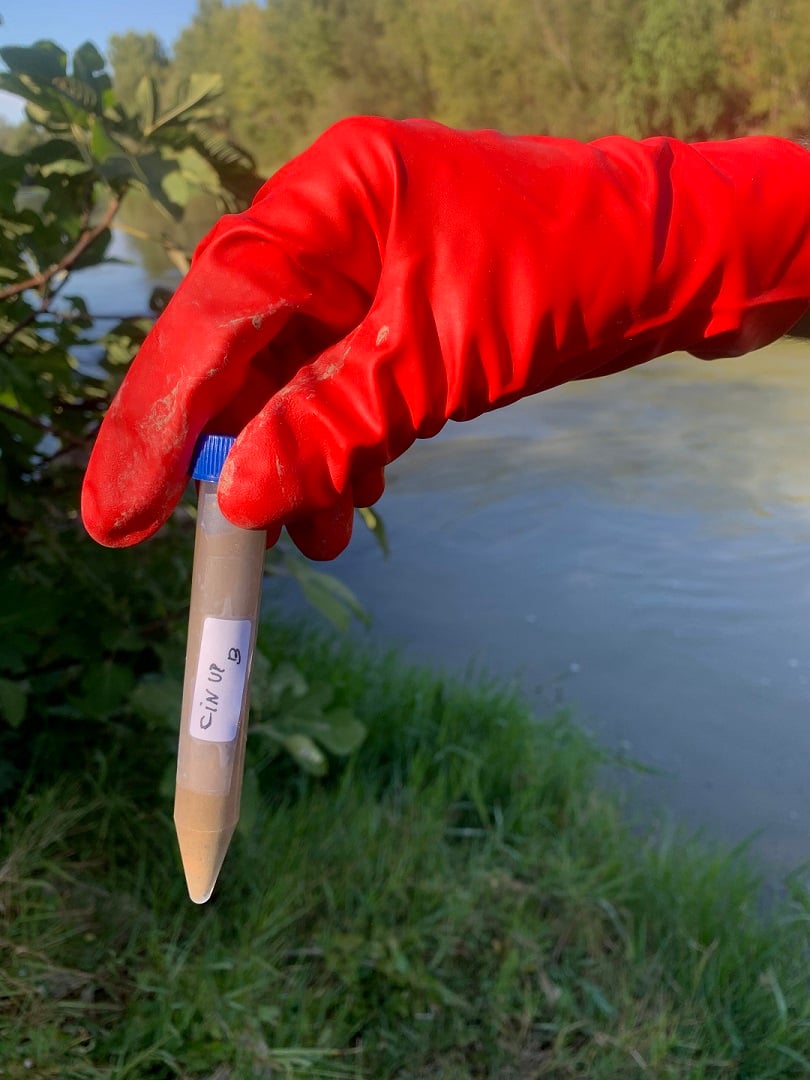 Our researchers found significant contamination from pig farm run-off in waterways in the USA and Canada.
Our researchers found significant contamination from pig farm run-off in waterways in the USA and Canada.
3. Pandemics
- The commercial wildlife trade played a significant role in COVID-19 and other outbreaks like SARS.
- North Americans fuel the commercial wildlife trade by importing staggering numbers of wild animals and animal products every year.
- 75% of new infectious diseases over the past 30 years have come principally from wildlife.
- Keeping diverse animal species in crowded, unsanitary conditions speeds the emergence and spread of dangerous diseases.
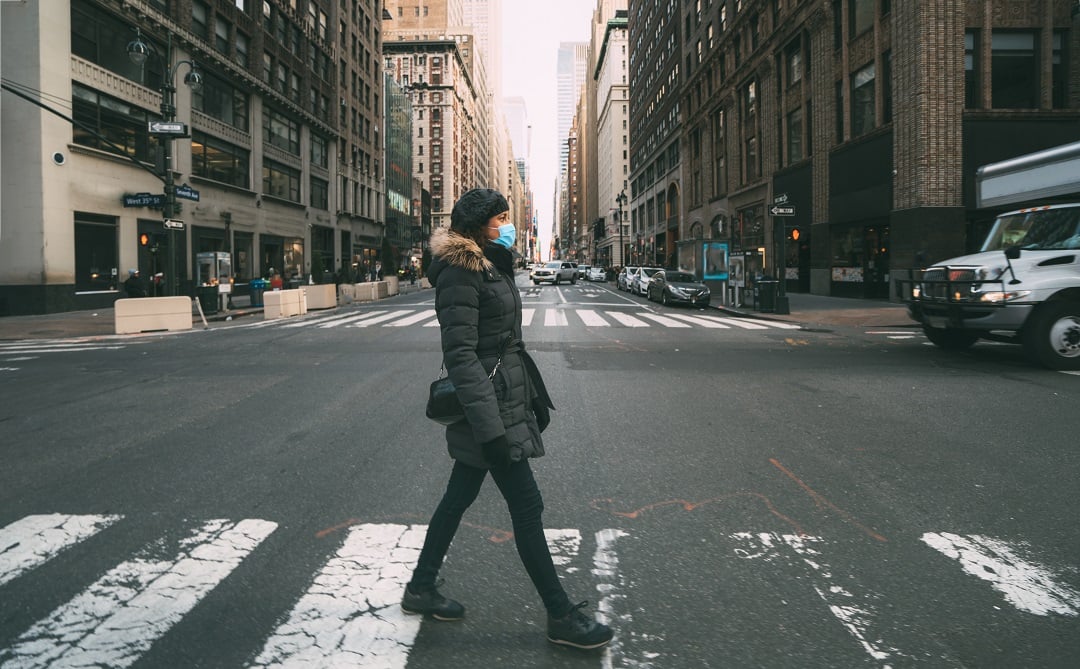 WHO estimates the global death toll due to the COVID-19 pandemic was almost 15 million (2020-21). (Photo: Ivan Marc / Shutterstock)
WHO estimates the global death toll due to the COVID-19 pandemic was almost 15 million (2020-21). (Photo: Ivan Marc / Shutterstock)
4. Biodiversity loss
- Habitat loss is the greatest threat to the world’s biodiversity.
- Agriculture is the biggest driver of habitat loss, accounting for 80% of all land-use change globally.
- Clearing land to grow feed crops is destroying some of the world’s most biodiverse places, including the Amazon.
- Agriculture alone is a threat to more than 80% of species at risk of extinction.
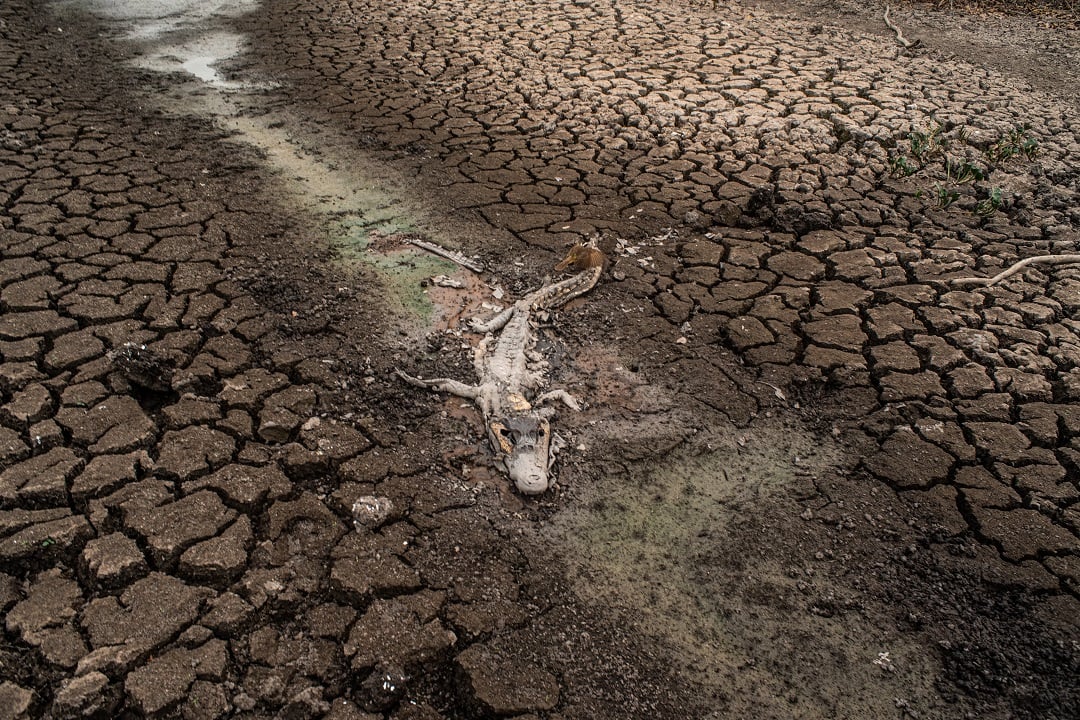 Agriculture-driven deforestation is destroying habitats and wildlife. Forests, and the animals who live there, are being replaced with crop and grazing lands to support factory farming. (Photo: Lucas Ninno via Getty Images)
Agriculture-driven deforestation is destroying habitats and wildlife. Forests, and the animals who live there, are being replaced with crop and grazing lands to support factory farming. (Photo: Lucas Ninno via Getty Images)
5. Food insecurity
- Globally, 40% of cereals and 75% of soy are fed to farmed animals. This use of cereals could reduce grain available for humans, contributing to food insecurity.
- For every 100 grams of protein in human-edible cereals fed to animals, just 43 grams of protein enter the human food chain.
- Meat and dairy provide only 18% of overall calories but use 83% of farmland.
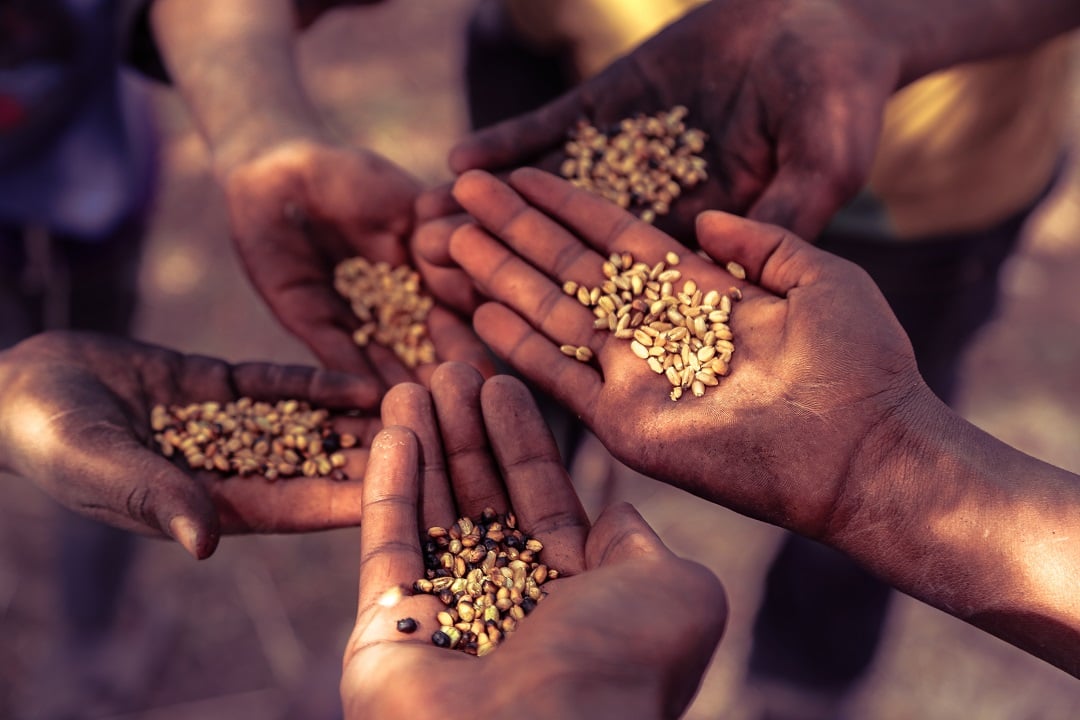 More than 800 million people are chronically undernourished due to environmental degradation, drought and biodiversity loss. (Photo: Girumshares / Shutterstock
More than 800 million people are chronically undernourished due to environmental degradation, drought and biodiversity loss. (Photo: Girumshares / Shutterstock
Activate the Power of Animals
Support for our campaign will help the world fundamentally change its relationship with animals, to move away from cruelty and exploitation towards a compassionate future. In this future, all animals can thrive. And so will we.
Banner image: Klipkins / Shutterstock